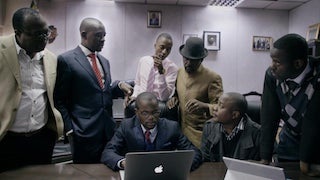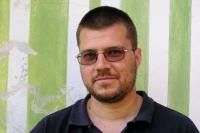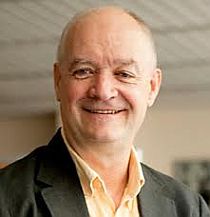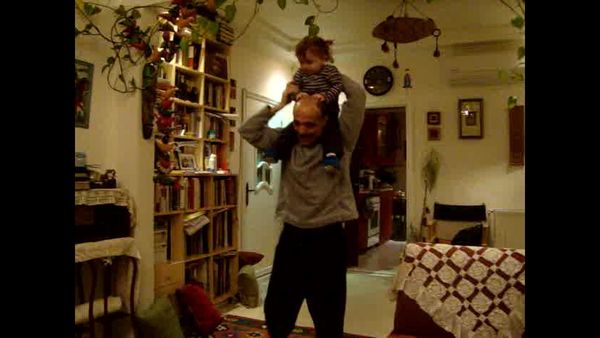


Mikael Opstrup & Salomé Jashi and Football
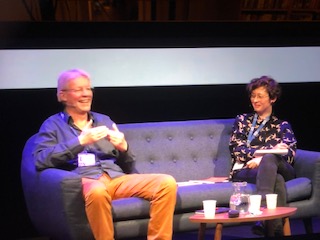
The other day there was a El Classico football match: Real Madrid against FC Barcelona. Mikael Opstrup sent me a text message expressing that he did not feel fantastic before the match. He felt UNCERTAIN about the result to come, me too, a Barca fan like Mikael.
In his fine book “The Uncertainty” that was launched at IDFA November 2021 Mikael has a chapter “What’s football got to do with it” where he argues in an excellent way for the similarities between the not-to-be-foreseen real life dramas in documentaries and football.
Let me take it further using Mikael’s definition of ”character”: For me (Mikael) a character is a person with a past, a present and a future.
Back to El Classico: For me (Tue) the main character of the match could only be Karim Benzema, a super-star as centre-forward for the Madrid-club. With a past. When you watch him you know of his Algerian background, his friendship with also Algerian Zinedine Zidane and his involvement in a sex-video court case that held him out from the French national team for a long time, whose manager he called “a racist”, when he was left out… he is back again now.
The present? He showed his skills by scoring twice and making teammates better than they are. He won the match for his team. And future, i.e. what has not happened yet… the naughty son of immigrants, captain of Real Madrid will lift trophies very much due to his fantastic football skills. Or will it affect him that he has been sentenced for the sex tape case, a fine and a suspended jail verdict, that he has appealed. What will happen?
Thanks Mikael for giving me the opportunity to write this small piece about our common passion football.
And thanks to you and Salomé Jashi for the IDFA conversation round the book and its themes. It was obvious that you know and like each other, the atmosphere was joyful and engaged, Salomé demonstrated that she is not “only” a great director, who has been given so much admiration for “Taming the Garden”, she is also a great tutor and her questions to Mikael were put in a gentle way so he had time and possibility to develop, what he has written in the book.
Also, we learned that Mikael is not a big fan of the kind of “staged documentary” that Danish Jon Bang Carlsen makes if he does not know the rules of the game in beforehand, that a character is a person and can not be a house or a tree, that it is difficult to include “multiple characters” in the definition, that people who have no doubt in life are boring (agree!), that the term “story” always creates confusion when we talk about it. Mikael reflects on this in his essayistic book that I can only recommend you to purchase:
Order here: mikaelopstrup@outlook.dk
The price is 10 Euro + shipping (approx. 10 more Euro in Europe).
And have a good time watching the IDFA presentation:
